#pentatomoidea
Explore tagged Tumblr posts
Text




These bugs are currently still having their yearly fest in our citrus tree, you smell them before you see them 😂
🪲ID Guess: Bronze Orange Bug (Musgraveia sulciventris) 🌿Date: 15/01/2025
#insects#bugs#invertebrates#bug photography#australian bugs#Bronze Orange Bug#Pentatomoidea#Shield bug
22 notes
·
View notes
Text
Please consider:

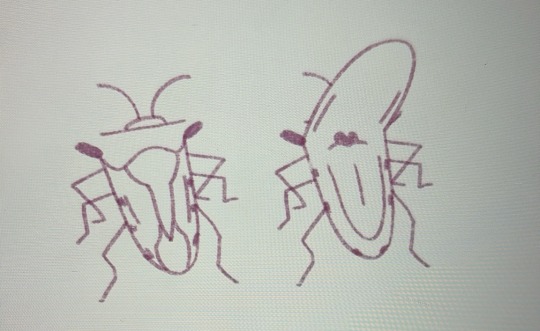
(Source)
#bugs#his name is Pentatomoidea#Pentatomoidea#tumblr bugs#buggies#insects#bug drawings#bug drawing#camoflauge#bug doodles#art#my artwork#my art#doodle#doodles#digitl drawing#digital aritst#digital art#digital drawing#digital illustration#silly#silly drawing
57 notes
·
View notes
Text


This fine creature is longing to be a potato. Unidentified shield bug (Pentatomoidea) Northern California, US
#potato#shield bug#bug#Pentatomoidea#hemiptera#nature#bugs#nature photography#biodiversity#animals#bugblr#inaturalist#arthropods#entomology#insect appreciation#invertebrates#invertiblr#macro#macro photography#barley#field#grass
28 notes
·
View notes
Text

Ornate Shieldbug, Eurydema ornata Canon 7D f/2.8 1/250 iso:500 Prague, CZE 4/28/2020
#Eurydema#Shieldbug#Bug#Hemiptera#Pentatomoidea#insect#invertebrates#macro#grasslands#macrophotography#insectphotography
0 notes
Text
omg Lando the ladybug is so cute!!!!!!! and the photos are so pretty!!!!
also the insect that looked at you funny is called a βρομούσα in Greek I think but I don't know the English name 😢
a collection of photos from the forest adventure

i dragged my shoes which weigh a tonne up a huge hill for this photo so please appreciate it

WHAT THE FUCK IS THIS. it looked at me funny.

this one is just pretty

another. because my work will not go unnoticed.

lando the ladybird

trees.

i miss him :(
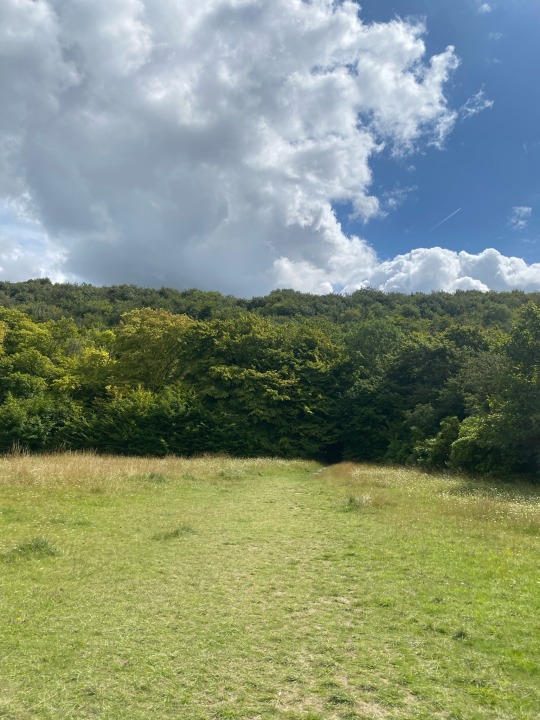
i was up here? how on earth have i managed that when i couldn’t get out of bed 2 days ago

this was me struggling to get up a hill with my chunky platform shoes
#Wikipedia says Pentatomoidea#so maybe it's that?#tw emoji#fun fact#their name in greek means she who stinks#(sort of)#bc when you kill them they fucking stink
6 notes
·
View notes
Note
wait, what do you means stinkbugs do parental care?
many but not all species in the Pentatomoidea guard eggs, early instar young, and may stick together as a group when juveniles.
114 notes
·
View notes
Text



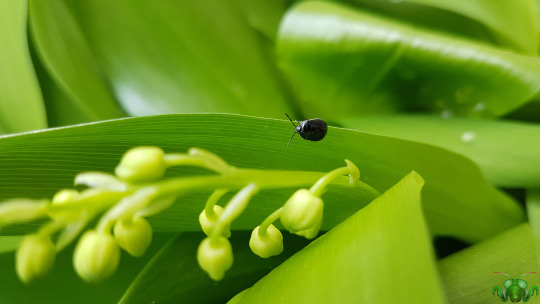

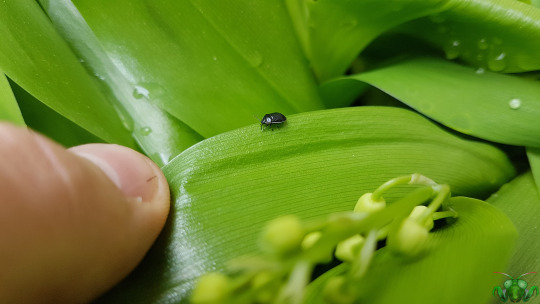
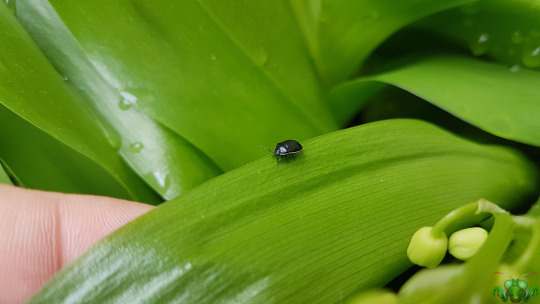


White-Margined Burrower Bug - Sehirus cinctus
This specie deserved a revisit after I accidentally classified it into the wrong family on this blog. I had confused the insect families and superfamilies in my haste. As a clarification so others don't repeat my mistake: the White-Margined Burrower Bug is classified as a Burrower Bug (family Cydnidae); it isn't a Shield Bug (family Acanthosomatidae) despite the similar morphological appearance in the broad strokes. The mix-up presented itself when I blanketed both families within the Superfamily Pentatomoidea on this blog. Fixing the classification problem, I researched this Burrower Bug further and now have a bit more to share from a specimen found in my own backyard (thanks to my mom's camera). Compared to the previous post, this individual is smaller (it may be a male) than the one hiding in the lamb's ear. If I had to guess, I'd say the individuals here are 5mm long or less. With a size so small, they could be easily mistaken for tiny garden Beetles, but a closer look at the images will reveal a distinctly Hemipteran head and wings that fold over themselves instead of becoming concealed by a wing case. Of course, there's the white band that goes all the way around the body, ending at the edge of the pronotum just before the eyes.
When researching this specie, I was surprised to learn how many other species closely resemble it. Insects like the Cow-Wheat Shieldbug (Adomerus biguttatus) or Canthophorus impressus are quite similar (those live either in Europe or Asia). However, the White-Margined Burrower Bug of North America that will always have an unbroken white band around its body. That's first part of its name covered, but what about the "Burrower Bug" part? You see, this Bug is an outlier in its own family: it prefers to live and feed in flowering plants rather than take to the soil to feed. Other members of the Cydnidae family will spend their time on or under the soil, remaining close to plants in order to feed. The Bugs that dig do so using their heads and forelegs (look at species within the genera Cyrtomenus and Dallasiellus for examples of diggers, especially the former). The only burrowing this specie does is when it comes time to laying eggs. This specie will create burrows specifically for depositing eggs and will nourish the hatched nymphs with seeds from mints and sages. From the images I've seen, the adults transport seeds by carrying them under their bodies using their rostrum! After a few days of seed-feeding, the nymphs will strike out on their own and feed on the seeds they can find above ground. If you search for the nymphs, look for rounded form with a deep red color on the abdomen (or abdomens...they like to aggregate, but their feeding doesn't seem to be very destructive). The white margin will not appear until the adult molt.
Picture was taken on May 26, 2019 with a Samsung Galaxy S7. As a patch note, this blog now has a "Random Button" function in the header. If you click on it, there's no telling which insect you'll see next! You can give it a try if you feel lucky.
#jonny's insect catalogue#ontario insect#burrower bug#white margined burrower bug#hemiptera#heteroptera#true bug#insect#toronto#may2019#2019#blog announcement#nature#entomology#invertebrates#arthropods#animals#photography
3 notes
·
View notes
Text
pentatomidposting
been seeing the rare fancy pentatomids recently like the blue shieldbug. this is great because pentatomids are top tier insects. going to do a painting or something with all the different species i've observed >:3c i will also include the few i've seen from other families, we're doing shield bugs (Pentatomidae) and ALLIES (Pentatomoidea) (<- no one left behind!!!). here's the guys, all lined up with my best observation for each:
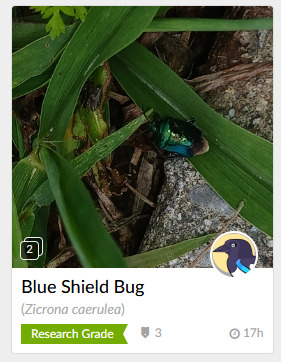
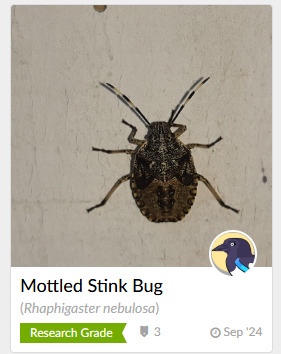
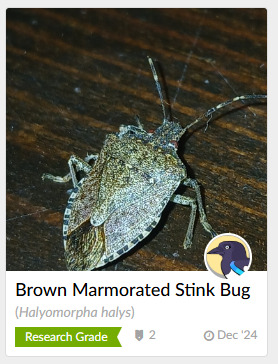
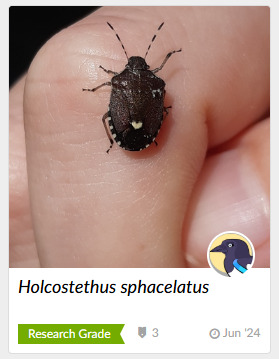
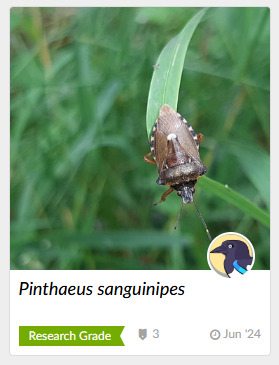
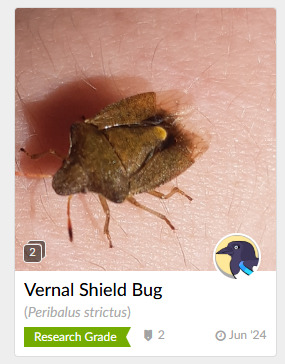

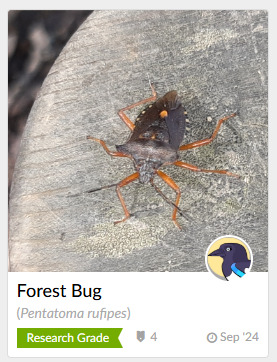




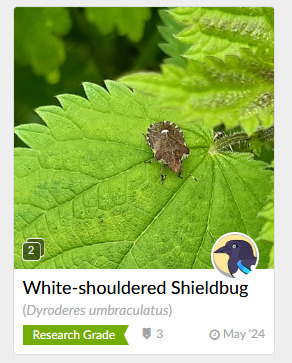
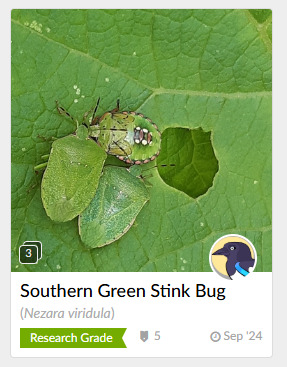
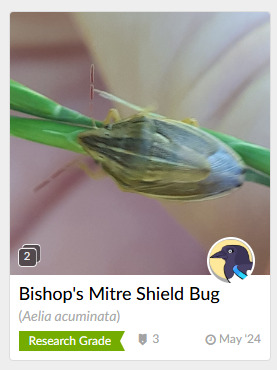
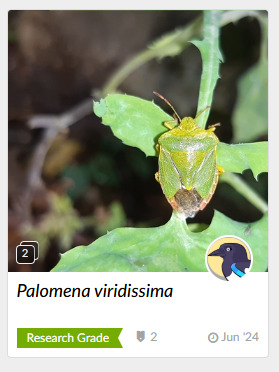


rogues gallery (not Pentatomidae):
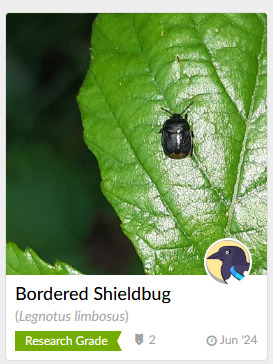
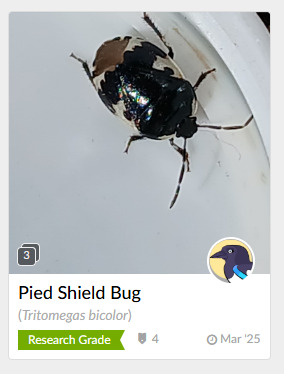
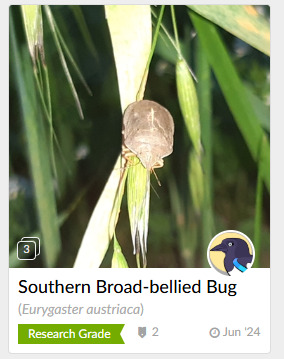
for the mottled shieldbug (rhaphigaster nebulosa), I've only observed it as a nymph. i've seen a fair few of the others as nymphs (or eggs), but only the mottled shieldbug as ONLY a nymph. i think this means i need to paint it as a nymph. we will see.
I'm kinda tempted to up the inclusion to all of pentatomomorpha, because then i could include this black and red group, which i have extremely unscientifically grouped by colour despite most of them belonging to different families:
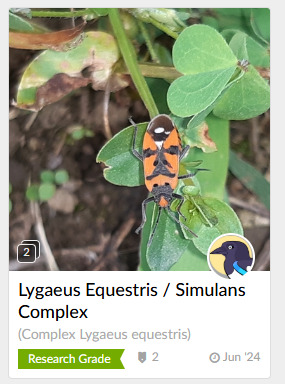



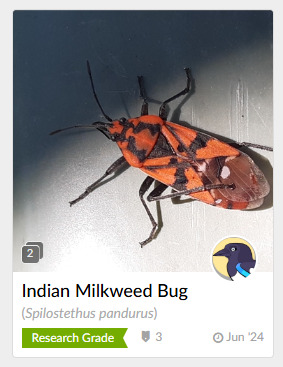
something sad about these beautiful bugs is that our two invasive species (brown marmorated shieldbug and southern green shieldbug), which are displacing native species, are also big fans of overwintering inside people's houses. this is giving shieldbugs such bad PR, because in autumn you just get tons of these stinky losers in your house, which is a problem, because you will sit on/step on some by mistake and their chemical deterrent is pretty brutal. as far as i can tell (mostly from anecdotal experience), our native species overwinter in dead wood or other places that don't bother humans at all. this is engendering dislike towards shieldbugs in the community DDD: on the bright side they sometimes DRINK H. HALYS IN WINE which is objectively funny, and i quite enjoy seeing these lil guys around in people's houses, invasive or not
#i haven't gotten very good pics because they are speedy and small and sometimes they will. fly away#but i have gotten good enough pics that mr doctorate of shieldbugs inat user can id them so yay#diary#wildlife of the french pyrénées#long post
1 note
·
View note
Photo

Nice Photo of Bromocoris Souefi
Bromocoris souefi
01/06/22
#Bromocoris souefi#Bromocoris#Halyini#Pentatominae#Pentatomidae#Pentatomoidea#Pentatomomorpha#Heteroptera#Hemiptera#stink bugs#true bugs#Arthropods#Arthropoda#bugblr#bugs#bugs tw#bug#insects#insectblr#insect#insects tw#entomology#nature
27 notes
·
View notes
Photo
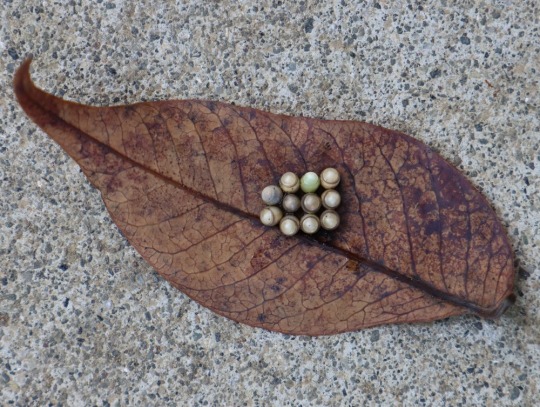
枯れ葉をめくったらカメムシの卵がついていた(6月13日)
2 notes
·
View notes
Photo
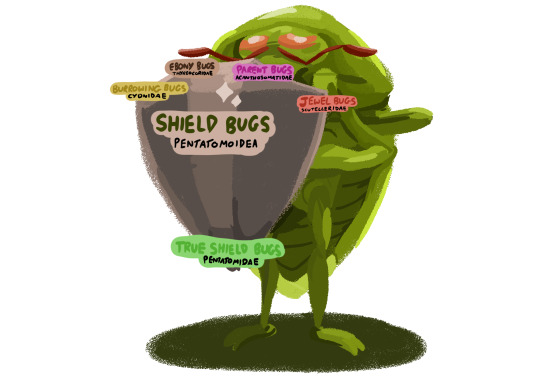
Shield bug families!
The 5 UK shield bug families can be thought as the 5 points of a shield! Though compared to the approx. 13 families worldwide our island is just a small collection of Pentatomoid Hemipterans (represented here by the green shield bug Palomena prasina).
Enjoy! As per feel free to ask me anything about anything :)
#shieldbugs#shield#shields#bug#bugs#stinkbugs#hemiptera#insectart#entomology#ukentomology#britishwildlife#hemipterans#pentatomidae#pentatomoidea#truebugs#infographic#digitalart#insects#greenshieldbug
3 notes
·
View notes
Photo
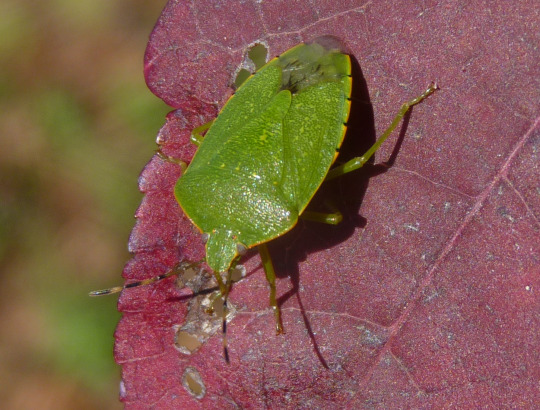
Green Stink Bug, Chinavia hilaris (by me)
#Green Stink Bug#Chinavia hilaris#Chinavia#Nezarini#Pentatominae#Pentatomidae#Pentatomoidea#Pentatomomorpha#Heteroptera#Hemiptera#Insecta#Hexapoda#Arthropoda#insects#true bug#stink bug#foliage#autumn#Monmouth Battlefield State Park#Monmouth County#New Jersey#mine
19 notes
·
View notes
Video
Shield-backed bug, Pachycoris torridus, Scutelleridae by Andreas Kay Via Flickr: from Ecuador: www.youtube.com/AndreasKay
#Andreas Kay#Ecuador#Flickr#focus stack#Hemiptera#jewel bug#metallic shield bug#Pachycoris torridus#Pentatomoidea#Pentatomomorpha#Scutelleridae#Shield-backed bug#True bug
27 notes
·
View notes
Photo




I never would have believed that this was a Florida predatory stink bug. I found one earlier in the month but it was small with red and metallic blue-green coloring; this one was a beautiful blue with orange and was three times the size of the previous one. Guessing that the previous one was simply a nymph.
#Florida predatory stink bug#Animalia#Arthropoda#Insecta#Hemiptera#Pentatomoidea#Pentatomidae#Euthyrhynchus#Euthyrhynchus floridanus#bugs#true bugs#stink bugs#Nikon D3400#nikonphotography#my insects#my bugs#nature photography#photographers on tumblr#endemic fauna of Florida#Hemiptera of North America#wildlife
11 notes
·
View notes
Text
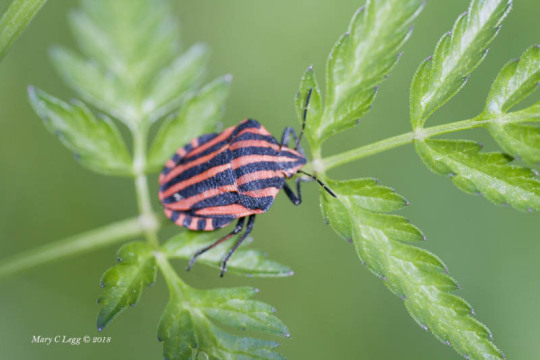
Red and Black Striped Bug, Graphosoma italica Canon 400D EF 100 2.8 f/4 1/160 iso: 400 Srbsko, Czech Republic 5/30/2010
#hemiptea#shieldbugs#stinkbugs#Pentatomoidea#insects#invertebrates#grasslands#pests#insect#macrophotography#insectphotography#macro#canon
0 notes
Photo

#shieldbug #scutelleridae #jewelbug #metalicbug #shieldbackedbug #heteroptera #hemipteran #modernarts #hemimetabolous #pentatomomorpha #pentatomoidea #sketch #entomology #entomologyart #arthropodart #jumpinginsect #drawing #pest https://www.instagram.com/p/B7SJn7ijuRf/?igshid=1xg4wb1ztjnnz
#shieldbug#scutelleridae#jewelbug#metalicbug#shieldbackedbug#heteroptera#hemipteran#modernarts#hemimetabolous#pentatomomorpha#pentatomoidea#sketch#entomology#entomologyart#arthropodart#jumpinginsect#drawing#pest
0 notes